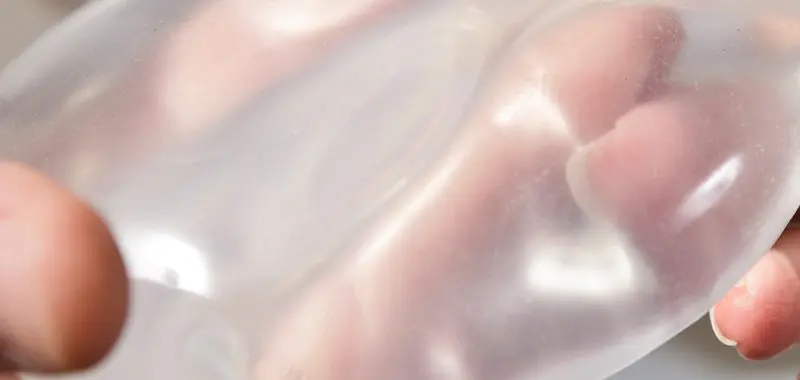Breast Implants
Saline V Silicone Breast Implants

When considering breast augmentation surgery in Dubai, one of the most common questions patients ask is: saline vs silicone implants – which is better? Understanding the differences between silicone vs saline breast implants is essential to making an informed decision.
Dr. Faisal Salim, a UK board-certified plastic surgeon in Dubai, explains the key factors influencing the choice between saline implants vs silicone and how he determines the best option for each patient.
Key Factors in Choosing Between Saline vs Silicone Breast Implants
The decision between saline vs silicone breast implants depends on several important factors:
- Implant Performance & Appearance
- Patient’s Anatomy, Desires & Concerns
- Surgeon’s Expertise & Recommendations
Each of these factors plays a crucial role in achieving the most natural and aesthetically pleasing results from breast augmentation surgery.
Understanding Silicone and Saline Breast Implants
Silicone is a naturally occurring compound that can be synthetically modified into various forms, including gel-filled implants. The cohesiveness of the silicone gel affects the implant’s feel and shape, with highly cohesive options, often called “gummy bear implants,” maintaining their shape even when cut.
Silicone breast implants were first introduced in the 1960s and have evolved significantly. Today, breast augmentation silicone vs saline implants primarily involves using fifth-generation silicone implants that are safer and more natural in feel.
Saline breast implants, also developed in the 1960s, are filled with a sterile saltwater solution. Unlike silicone vs saline breast implants, saline implants can be adjusted in volume during surgery, offering some flexibility
Implant Characteristics: Saline vs Silicone Breast Implants
Feel & Natural Appearance
Silicone implants tend to feel more like natural breast tissue, especially softer gel varieties.
Saline implants, while firmer, can sometimes feel less natural, particularly in patients with minimal breast tissue.
Shape Stability
Highly cohesive silicone implants retain their shape in all positions, providing better contouring for women with less natural breast tissue.
Saline implants are more influenced by gravity and may shift depending on body position.
Rupture & Safety
Silicone implant rupture may not be immediately noticeable and often requires MRI detection.
Saline implant rupture results in an instant deflation, as the saline is harmlessly absorbed by the body.
Surgical Considerations
Silicone implants require a larger incision for insertion due to their pre-filled design.
Saline implants can be inserted through smaller incisions since they are filled after placement.
Benefits of Saline vs Silicone Implants in Breast Augmentation Surgery
Silicone breast implants are often preferred for their natural feel, long-term durability, and enhanced aesthetic results.
However, saline breast implants offer advantages in terms of flexibility in size adjustment during surgery and smaller incision placement.
For breast augmentation silicone vs saline, the right choice depends on a patient’s goals, anatomy, and preferences.
Why Choose Dr. Faisal Salim for Breast Augmentation Surgery?
Dr. Faisal Salim, one of Dubai’s leading plastic surgeons, specializes in achieving natural and long-lasting results. With years of experience in breast augmentation surgery, he tailors every procedure to meet individual patient needs, ensuring both safety and satisfaction.
If you’re considering saline vs silicone implants and need expert advice, book a consultation with Dr. Faisal Salim to discuss the best option for you.








